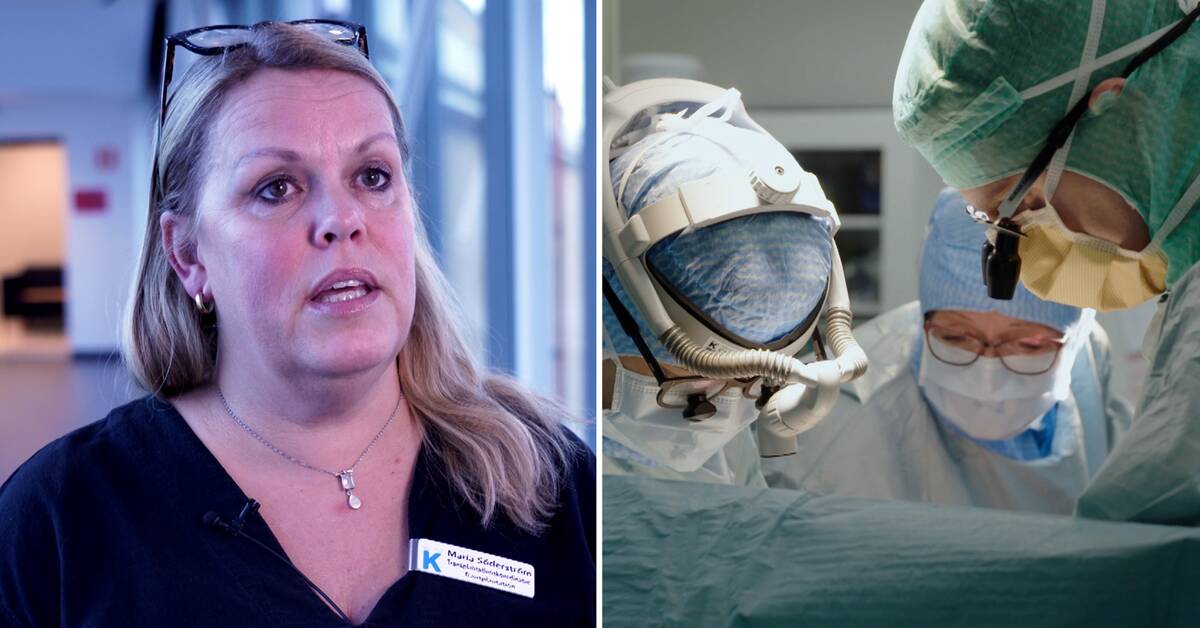The number of organs donated in Sweden is a record high, so far this year, organs from 156 deceased people have been used to save the lives of other seriously ill people.
At the same time, the need is great, according to the National Board of Health and Welfare, there are 773 people waiting for an organ.
New form of donation and new technology, but above all a new law that came into force on 1 July makes it possible for more organs to be donated.
- The new law has clarified for healthcare how to talk about donation with patients and their relatives, says Maria Södertröm.
She has worked as a transplant coordinator for seven years and has already seen results.
- Previously, the IVA staff did not call if it was, say, a multi-disease patient who died, but now they call all the time and then we have to investigate further if there is an opportunity to donate.
The transport must be fast
Maria Söderström works as a transplant coordinator at New Karolinska University Hospital in Stockholm.
From the moment her phone rings, until an organ is ready for collection, it takes between eight and twenty-four hours.
- There are many pieces that have to fall into place before we can go out and collect the organ, says Maria Söderström.
Drivers, surgeons and receptionists are just some of the people she keeps in touch with.
One of the most critical moments is when the transport of the organ is to be carried out.
- They should preferably enter the body as quickly as possible and sometimes things happen that we cannot control, such as weather, traffic jams and other things.
Hear Maria tell about how the transport works.

